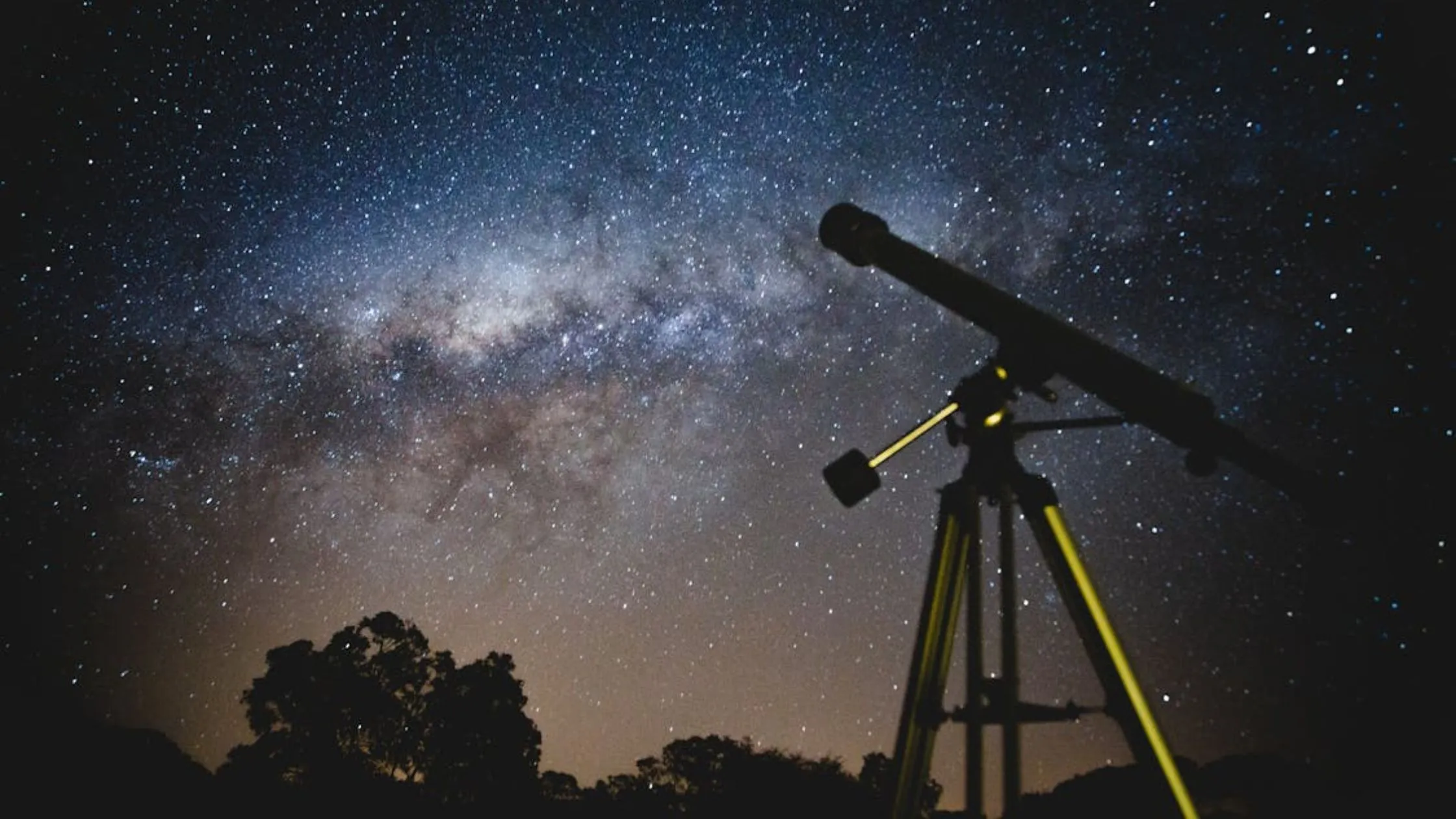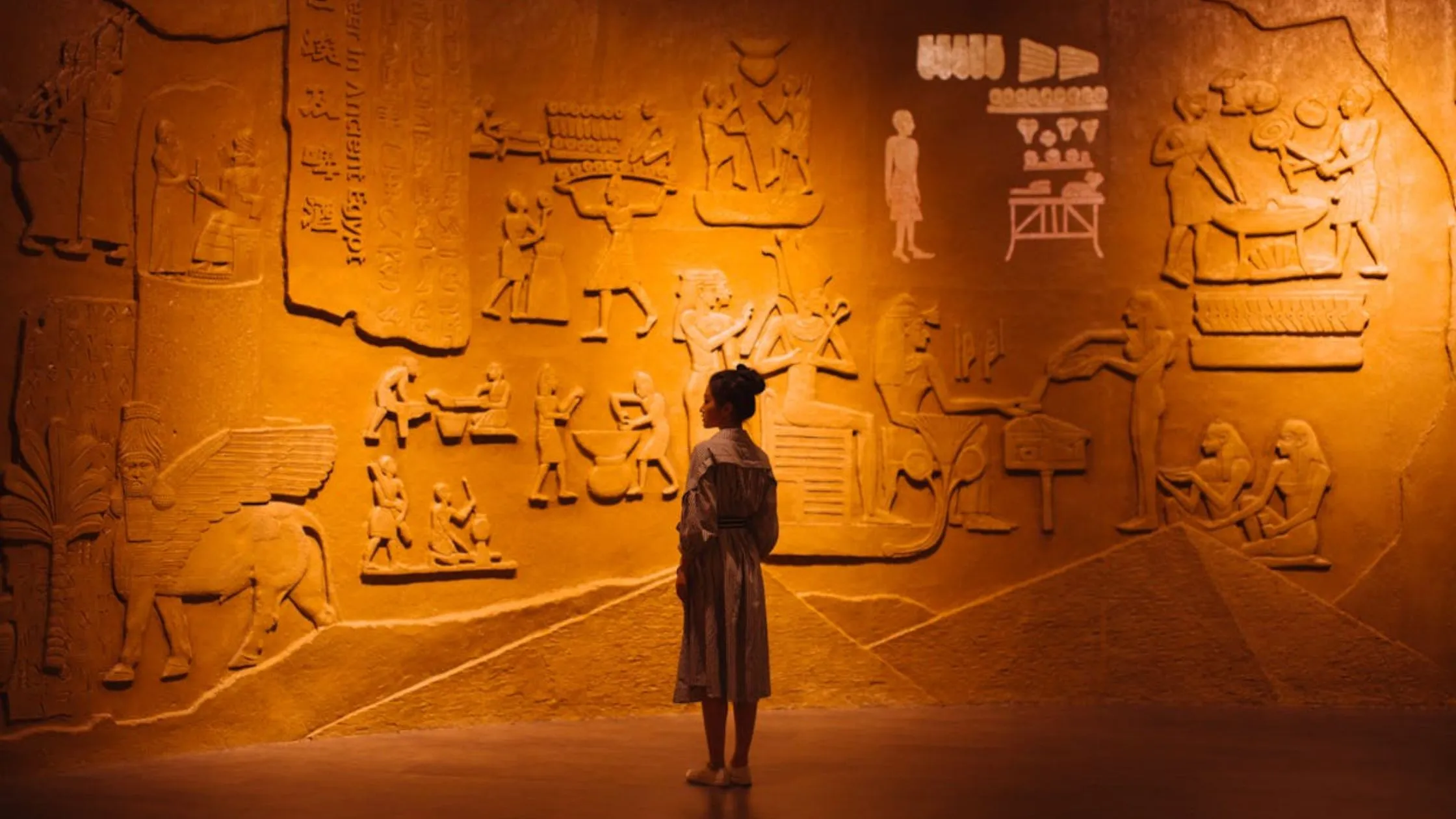For millennia, stars have been a cause of amazement, guiding travelers, motivating authors, and igniting astronomers’ interest. Among the innumerable celestial bodies dotting our planet, Stars-923 is one especially fascinating topic of research. Along with breathtaking images, this enigmatic star cluster has helped to produce important scientific discoveries. Let us enter the universe of Stars-923 and investigate its captivating beauty as well as cosmic secrets.
The Fascination with Stars
Stars have captivated humans from prehistoric days. Early societies turned to the heavens to mark the passing of time, navigate, and even forecast events using stars. Our knowledge of stars has changed fundamentally over time. Thanks to telescopes and sophisticated imaging technology, we have been able to view these celestial beauties in hitherto unheard-of clarity, therefore revealing the intricate and frequently amazing character of the universe.
What is Stars-923?
Stars-923 is a reference to a special celestial formation distinguished by amazing traits and breathtaking visual attractiveness. Stars-923 shows a variety of traits unlike those of the usual star clusters we know, which makes research on this object highly interesting. Nestled in a rather less-traveled area of the sky, this star cluster provides a window into the mechanisms controlling stellar birth, evolution, and death.
The Formation of Stars-923
Stars-923 formation tells the tale of cosmic evolution. Like all stars, those in this cluster started as gas and dust clouds that progressively collapsed under the weight of gravity. New stars emerged from this process as nuclear fusion in their centers ignited. Still, Stars-923 distinguishes itself with its unusual arrangement and variances in cluster stellar characteristics. Researching Stars-923, according to scientists, might help one understand the variety of stellar creation mechanisms in the universe.
Visual Guide to Stars-923
Stars-923 is one of the most amazing visual presentations. Thanks to developments in imaging methods and telescope technology, Stars 923 is vividly seen now. High-resolution pictures expose a tapestry of hues and patterns, each symbolizing various stages in the life cycle of stars and corresponding elements.
For astronomers, these pictures offer vital information in addition to being an optical feast for the sight. Scientists can learn the temperature, composition, and age of the cluster’s stars by examining the light emitted from Stars-923. The construction of models of star development and knowledge of the intricate dynamics at work depend on this visual data.
Stars-923in Popular Culture
Stars-923 entered popular culture outside of the field of scientific inquiry. Filmmakers, writers, and painters have been inspired by its captivating images and riddles about it. Science fiction stories have included it as a background for tales examining space exploration, the unknown, and the search for knowledge.
Scientific Discoveries Around Stars-923
Stars-923 has led the front stage in various revolutionary astronomical and astrophysical discoveries. It has been a lab for researchers testing ideas of stellar dynamics, nucleosynthesis, and dark matter’s effects on star clusters. Particularly in areas rich in gas and dust, observations of Stars 923 have improved knowledge of the mechanisms controlling star formation.
Moreover, the fluctuations in the luminosity and spectral lines of the stars have given hints regarding the several phases of stellar evolution. While some of the cluster’s stars show indicators of being in their last phases of existence, such the development into red giants or the creation of neutron stars, others show traits of young, hot stars.
The Life Cycle of Stars-923
Stars—including those in Stars-923—have a complicated life cycle. Originally protostars, they finally ignite nuclear fusion in their centers and move into the main sequence phase. Burn their nuclear fuel over millions or perhaps billions of years, and depending on their mass they change into several forms. Massive stars in Stars-923 might die in magnificent supernovae, producing black holes or neutron stars. Stars 923’s varied spectrum of stars presents a special chance to closely examine this life cycle.
Stars-923 and Space Exploration
For space exploration, Stars-923 has grown to be a crucial benchmark. Target for space telescopes and observatories is its special qualities. Stars 923 will help astronomers calibrate instruments, improve observational methods, and test theoretical theories. It acts as a cosmic lab where researchers may watch natural events impossible to recreate on Earth.
Observing Stars-923
Observing Stars 923 calls for advanced tools because of its relative distance and the necessity to get high-resolution pictures. Professional observatories offer the most detailed views; amateur astronomers with powerful telescopes can occasionally catch fragments of this cluster. By use of a spectrum of electromagnetic spectra spanning visible light to radio waves and X-rays, astronomers can expose various facets of Stars-923, therefore highlighting its whole complexity.
The Importance of Stars-923 in Astronomy
Because Stars-923 can provide understanding of many celestial events, it maintains a unique position in the realm of astronomy. Through study of this star cluster, scientists may test and improve their models of cosmic interactions, star creation, and stellar development. Examining various star clusters using Stars-923 helps one to better grasp the universe.
Technological Advances in Imaging Stars-923
The remarkable pictures of Stars 923 we view now are the outcome of major developments in imaging technologies. Ground-based observatories with adaptive optics and space telescopes like the Hubble have let astronomers record Stars-923 minute features. These technologies have improved our visual perception and made it possible to gather data very vital for scientific study.
Stars-923: A Cosmic Journey
Stars 923 is a cosmic voyage spanning the several phases of stellar life and the interactions inside galaxies, not only a cluster of stars. From gravitational interactions to the mechanisms producing heavy elements vital for life, its research has resulted in a greater respect of the forces sculpting our planet.
Latest Findings About Stars-923
Exciting fresh discoveries including the identification of cluster variable stars have come from recent investigations of Stars-923. These stars show fluctuations in brightness over time, which helps one understand stellar pulsation and star internal dynamics. Furthermore, hints of exoplanets orbiting some of the cluster’s stars have begged interesting issues regarding the possibility of life in such surroundings.
Stars-923 and Astrophysics
Stars 923 are a prominent topic of research for theoretical model testing in astrophysics. Its varied star population lets researchers match observed data with computer simulation forecasts. This analogy clarifies the basic ideas guiding star physics and the behavior of matter in very severe settings.
The Role of Stars-923 in Cosmic Evolution
Galaxies evolve in great part by stars, and Stars 923 is not an exception. Stars in the cluster enhance the nearby interstellar medium with heavy metals generated during nuclear fusion as they develop. This enrichment helps to create new stars and planetary systems, therefore completing the cosmic cycle of matter.
Stars-923 and Black Holes
A black hole can arise near the end of a star’s existence, so Stars 923 offers a rich setting for research on this phenomena. Observations point to the existence of black holes inside the cluster, providing a chance to investigate their interactions with surrounding stars and the gravitational influences they create on the cluster as whole.
Stars-923 Impact on the Solar System
Although Stars 923’s is far from our solar system, its study can help us to better grasp our own cosmic surroundings. Stars 923’s observable processes—star formation and supernova events—miracle those seen in our region of the galaxy, therefore offering a background for the history and growth of our solar system.
Future Prospects for Studying Stars-923
With next space missions and cutting-edge telescopes on horizon, studying Stars 923’s seems to have bright future. Projects like the James Webb Space Telescope and next-generation ground-based observatories will offer even more finely detailed images of Stars 923, therefore exposing fresh layers of knowledge and maybe even unseen events till now.
Conclusion
Stars-923 is evidence of the cosmic beauty and intricacy. Modern astronomy centers on it because of its breathtaking images and scientific insights it provides. Stars 923 still enthralls our imagination and expands our knowledge of the universe from its part in clarifying star evolution to its impact on popular culture.
FAQs
What makes Stars 923 unique?
Stars 923 are special because of their varied star range and amazing visual presentation, which provide a rich area for researching stellar evolution and cosmic interactions.
Can I observe Stars 923 with a regular telescope?
Although professional-grade telescopes are ideal for observing Stars 923, amateur astronomers with sophisticated tools could be able to catch bits of this amazing cluster.
What have we learned from studying Stars 923?
Research of Stars 923 have shed light on star formation, stellar life cycles, and black hole impact on star clusters.
Is Stars 923 part of our galaxy?
Indeed, Stars 923 is housed in our Milky Way galaxy and provides a window into the intricate dynamics of star clusters in our galactic neighbourhood.
Are there planets in Stars 923?
Recent observations point to the existence of exoplanets orbiting several stars in Stars 923, which begs interesting issues regarding the possibility for life in such surroundings.
How does Stars 923 influence our understanding of the universe?
Acting as a cosmic laboratory, Stars 923 enables scientists to test hypotheses of stellar evolution, cosmic interactions, and star life cycles, therefore advancing our knowledge of the universe.




